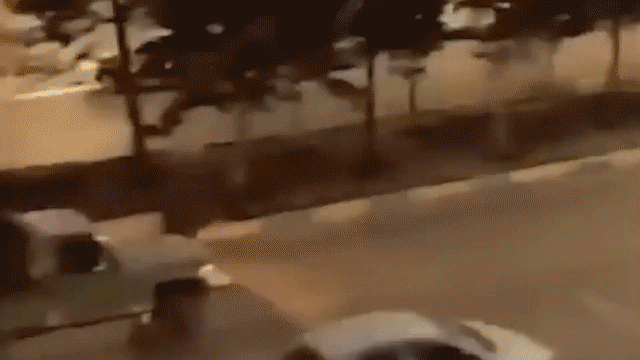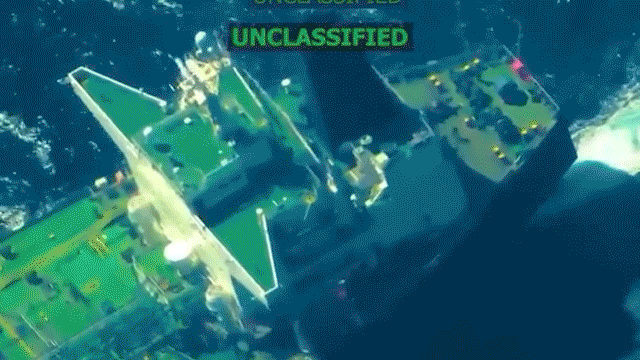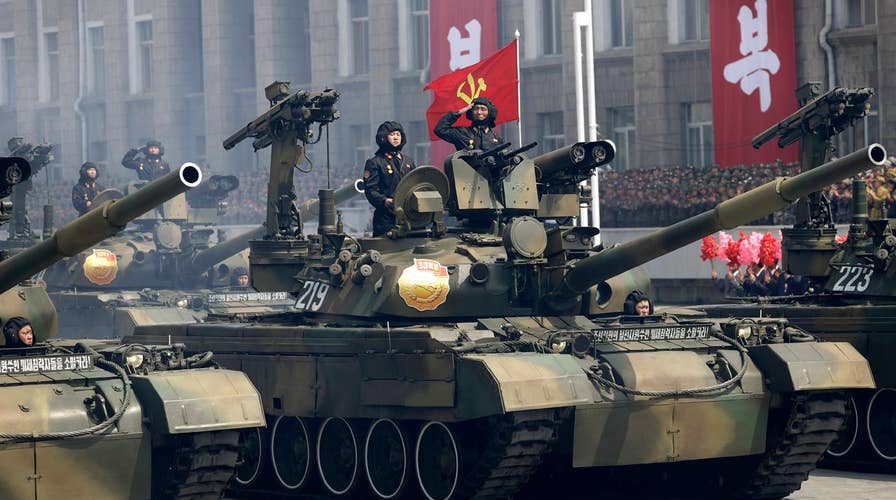Foreign policy experts theorized Tuesday about what a pre-emptive military strike against North Korea may look like in the event that pressure from China and deepening isolation does little to stop Pyongyang's rogue regime.
The Trump administration--which is holding an emergency meeting Wednesday at the White House-- has said “all options” are on the table, but the White House appears to be losing patience with Pyongyang.
Former CIA analyst Bruce Klingner told Newsweek that Kim Jong Un, the North Korean leader, waould likely hit back with an artillery barrage in the event of a pre-emptive strike by the U.S. or an ally.
“Without moving a single soldier in its million-man army,” Klingner said. “The North could launch a devastating attack on Seoul.”
From there, a second Korean War could escalate.
Victor Cha, a former National Security Council staffer, theorized in his 2012 book “The Impossible State,” that North Korea could start an invasion by debilitating South Koreans with chemical weapons and cutting off options to flee the country.
“An arsenal of 600 chemically armed Scud missiles would be fired on all South Korean airports, train stations and marine ports, making it impossible for civilians to escape,” Cha wrote.
North Korea may be able to equip medium-range missiles with chemical weapons and launch them at Japan and U.S. bases, stemming the immediate flow of reinforcements. U.S. war experts believe Pyongyang would look to overrun Seoul before the allies could prop up South Korea's armies. Cha said a possible war on the Korean Peninsula in 2017 “would be the most unforgiving battle conditions that can be imagined.”
Cha theorized the U.S. would dispatch about 20,000 troops per combat division, 10 Air Force wings of about 20 fighters per unit and up to five air craft carriers. Cha added that “U.S. and South Korean “soldiers would be fighting with little defense against DPRK artillery, aerial bombardments, and in an urban warfare environment polluted by 5,000 metric tons of DPRK chemical agents.”
Even with North Korea’s first wave of attacks, war planners still believe the U.S. and South Korea would come out on top, but the casualties could be catastrophic.
Gary Luck, the commander of the U.S.-Republic of Korea forces in 1994 under President Bill Clinton, estimated that a new Korean War could result in one million deaths and $1 trillion of economic damage.









































